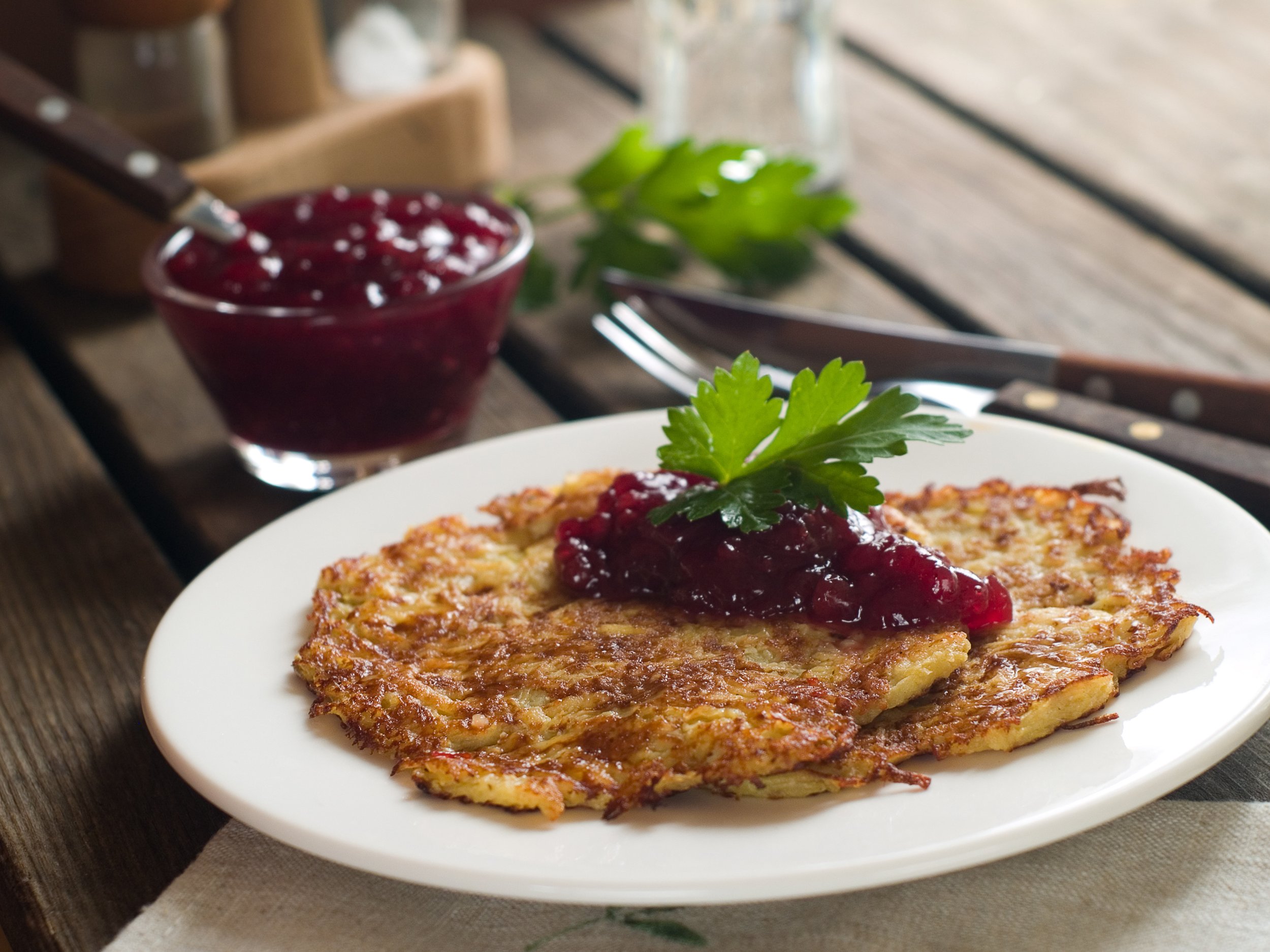Potatoes
Most of the nutrients in a potato are just beneath its skin. If you eat the skin along with the inside part, you get all these nutrients, or else what you primarily end up eating is just carbohydrates!
BUY IT
Potatoes should be firm, well shaped and relatively smooth, and should be free of decay that often manifests as wet or dry rot. In addition, they should not be sprouting or have green coloration since this indicates that they may contain the toxic alkaloid solanine that has been found to not only impart an undesirable taste, but can also cause a host of different health conditions such as circulatory and respiratory depression, and headaches.
ADD IT
Purée roasted garlic, cooked potatoes and olive oil together to make delicious garlic mashed potatoes. Season to taste.
Potatoes are a featured ingredient in the classic dish, Salad Nicoise, that pairs new potatoes with chunks of tuna fish and steamed green beans dressed lightly with oil and vinegar.
Toss steamed, diced potato with olive oil and fresh herbs of your choice.
PREP IT
The potato skin is a concentrated source of dietary fiber, so don't peel it. Just scrub the potato under cold running water right before cooking and then remove any deep eyes or bruises with a paring knife. If you must peel it, do so carefully with a vegetable peeler.
Potatoes should be cleaned and cut right before cooking in order to avoid the discoloration that occurs with exposure to air. If you cannot cook them immediately after cutting, place them in a bowl of cold water to which you have added a little bit of lemon juice, as this will prevent their flesh from darkening and will also help to maintain their shape during cooking. As potatoes are also sensitive to certain metals that may cause them to discolor, avoid cooking them in iron or aluminum pots or using a carbon steel knife to cut them.





